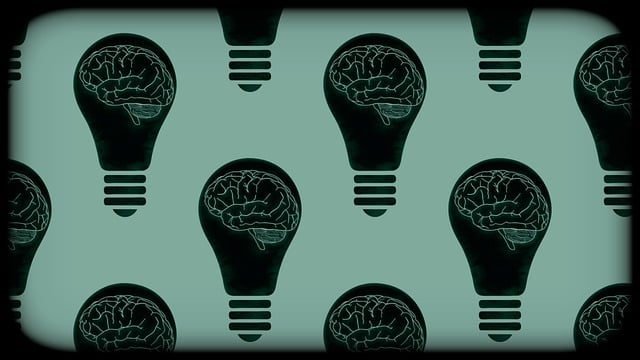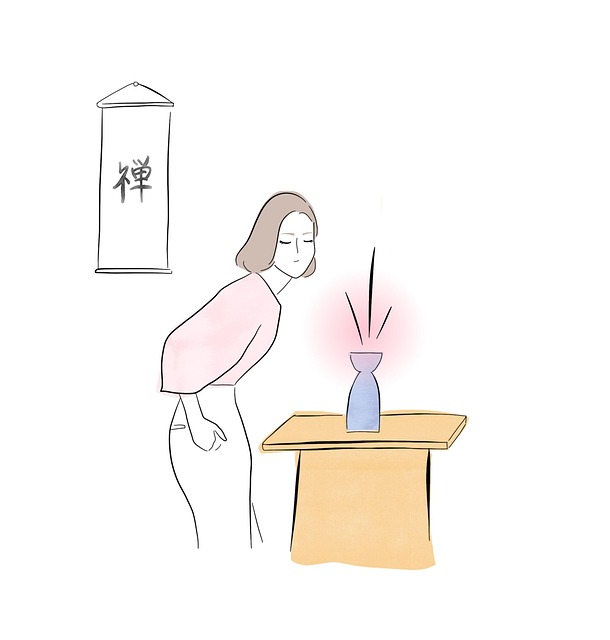Healthcare professional burnout, driven by stress, long hours, and demanding patient care, poses a significant mental health challenge. Early recognition of signs like emotional exhaustion is crucial for prevention. Castle Rock Adjustment Disorder Therapy (CRADT), combined with techniques like Inner Strength Development and Compassion Cultivation Practices, offers effective tools to combat burnout by fostering resilience and positive mindsets. Mental health policy analysis, advocacy, and structured interventions are vital to create supportive work environments that prioritize provider well-being and maintain high-quality patient care.
Healthcare provider burnout is a growing concern, impacting not only individual well-being but also patient care quality. This comprehensive guide explores strategies to prevent and mitigate burnout among healthcare professionals. From understanding the root causes to implementing evidence-based practices, we delve into effective methods such as mindfulness, work-life balance, and organizational culture shifts. Additionally, we introduce Castle Rock Adjustment Disorder Therapy as a valuable tool for fostering resilience in medical practice.
- Understanding Burnout Among Healthcare Providers
- Identifying the Signs and Symptoms of Burnout
- Evidence-Based Strategies for Prevention
- – 3.1 Mindfulness and Stress Reduction Techniques
- – 3.2 Work-Life Balance and Self-Care Practices
Understanding Burnout Among Healthcare Providers

Burnout among healthcare providers is a growing concern, with high stress levels, long working hours, and demanding patient care routines contributing to significant mental health challenges. It’s more than just feeling tired; it’s a state of emotional exhaustion characterized by cynicism, detachment from work, and reduced personal accomplishment. The Castle Rock Adjustment Disorder Therapy, while not a direct prevention method, can help healthcare professionals manage stress and cope with the emotional weight of their roles.
Factors like high workload, lack of control over work processes, and poor social support exacerbate burnout risk. Moreover, the constant exposure to traumatic events or highly stressful situations in healthcare settings can take a toll on mental health. To combat this, self-esteem improvement techniques and crisis intervention guidance are vital tools. Promoting mental health awareness among healthcare providers is essential to ensuring they recognize signs of burnout early and seek appropriate support before it escalates.
Identifying the Signs and Symptoms of Burnout

Burnout is a significant concern within the healthcare industry, impacting both professionals’ well-being and patient care quality. Recognizing the signs and symptoms early on is crucial for effective prevention strategies. Healthcare providers often exhibit emotional exhaustion, detachment from work, and reduced professional efficacy as initial indicators of burnout. This state can lead to increased stress, anxiety, and even depression if left unaddressed.
The Castle Rock Adjustment Disorder Therapy, among other therapeutic approaches, offers valuable tools to combat these symptoms. Inner Strength Development techniques encourage professionals to cultivate resilience and a positive mindset. Compassion Cultivation Practices have been shown to reduce stress and promote emotional well-being. Additionally, implementing Emotional Well-being Promotion Techniques within healthcare settings can foster a supportive environment, enhancing the overall satisfaction and resilience of medical staff.
Evidence-Based Strategies for Prevention

Healthcare provider burnout is a growing concern, but evidence-based strategies offer hope for prevention. Beyond basic self-care practices, structured interventions have proven effective in mitigating risk. One such approach is Castle Rock Adjustment Disorder Therapy (CRADT), which focuses on helping professionals manage stress and trauma. CRADT integrates techniques from cognitive behavioral therapy with mindfulness practices, offering a holistic solution to burnout.
Additionally, mental health policy analysis and advocacy play a crucial role in fostering supportive work environments. Crisis intervention guidance and risk assessment tools for mental health professionals are essential components of this framework. By implementing these evidence-backed measures, organizations can create resilient systems that prioritize provider well-being while ensuring high-quality patient care.
– 3.1 Mindfulness and Stress Reduction Techniques

In today’s demanding healthcare landscape, burnout among providers is a growing concern. To combat this, mindfulness and stress reduction techniques have emerged as powerful tools. These practices, such as Castle Rock Adjustment Disorder Therapy, focus on cultivating emotional intelligence and enhancing mental wellness. By incorporating these strategies into their routines, healthcare professionals can better manage stress levels, improve their mental health awareness, and ultimately provide quality care without compromising their well-being.
Mental health awareness plays a crucial role in preventing burnout, and mindfulness techniques offer a structured approach to achieve this balance. Through practices like meditation and conscious breathing exercises, providers can reduce anxiety and improve their ability to handle challenging situations. This not only benefits the individual’s mental wellness but also positively influences their interactions with patients, creating a more compassionate and effective healthcare environment.
– 3.2 Work-Life Balance and Self-Care Practices

Maintaining a healthy work-life balance is an essential strategy to prevent burnout for healthcare providers. In today’s demanding medical landscape, professionals often face long hours and high-stress situations. Therefore, prioritizing self-care practices is crucial to counteract this. Healthcare workers should aim to set clear boundaries between their professional and personal lives, ensuring they dedicate sufficient time to rest, hobbies, and social connections outside of work.
Castle Rock Adjustment Disorder Therapy can play a vital role in teaching individuals effective coping mechanisms for stress management. This includes exploring emotional intelligence techniques, such as enhancing self-awareness and empathy building strategies, which have been proven to improve mood management. By integrating these practices into daily routines, healthcare providers can develop resilience against burnout, leading to improved job satisfaction and overall well-being.
Healthcare provider burnout is a significant issue, but through understanding its signs and implementing evidence-based strategies, such as mindfulness, stress reduction, and work-life balance practices, it can be effectively prevented. By prioritizing self-care and seeking support when needed, healthcare professionals can maintain resilience and avoid the detrimental effects of Castle Rock Adjustment Disorder Therapy. Adopting these strategies not only benefits individual providers but also enhances patient care and the overall well-being of the healthcare system.













